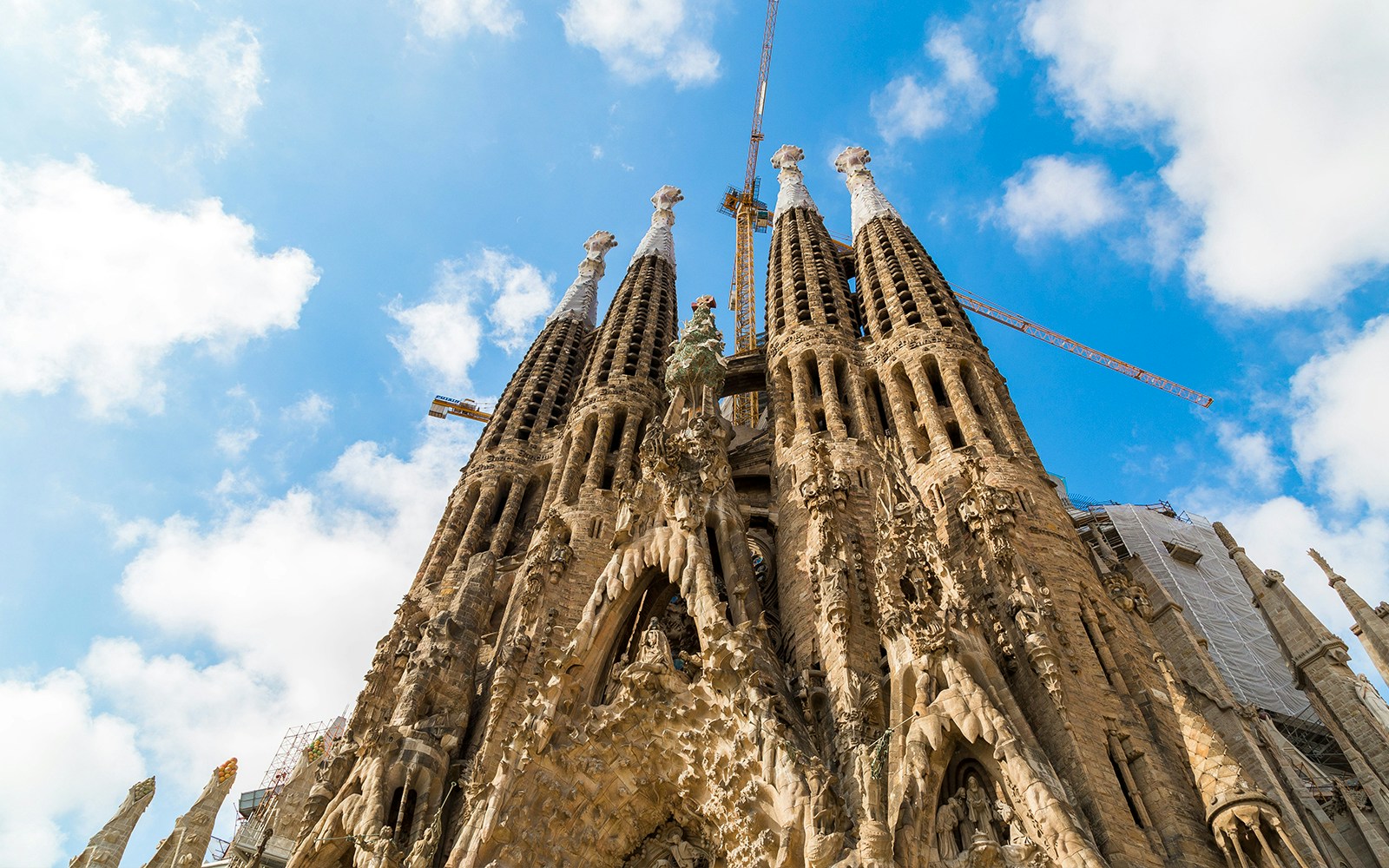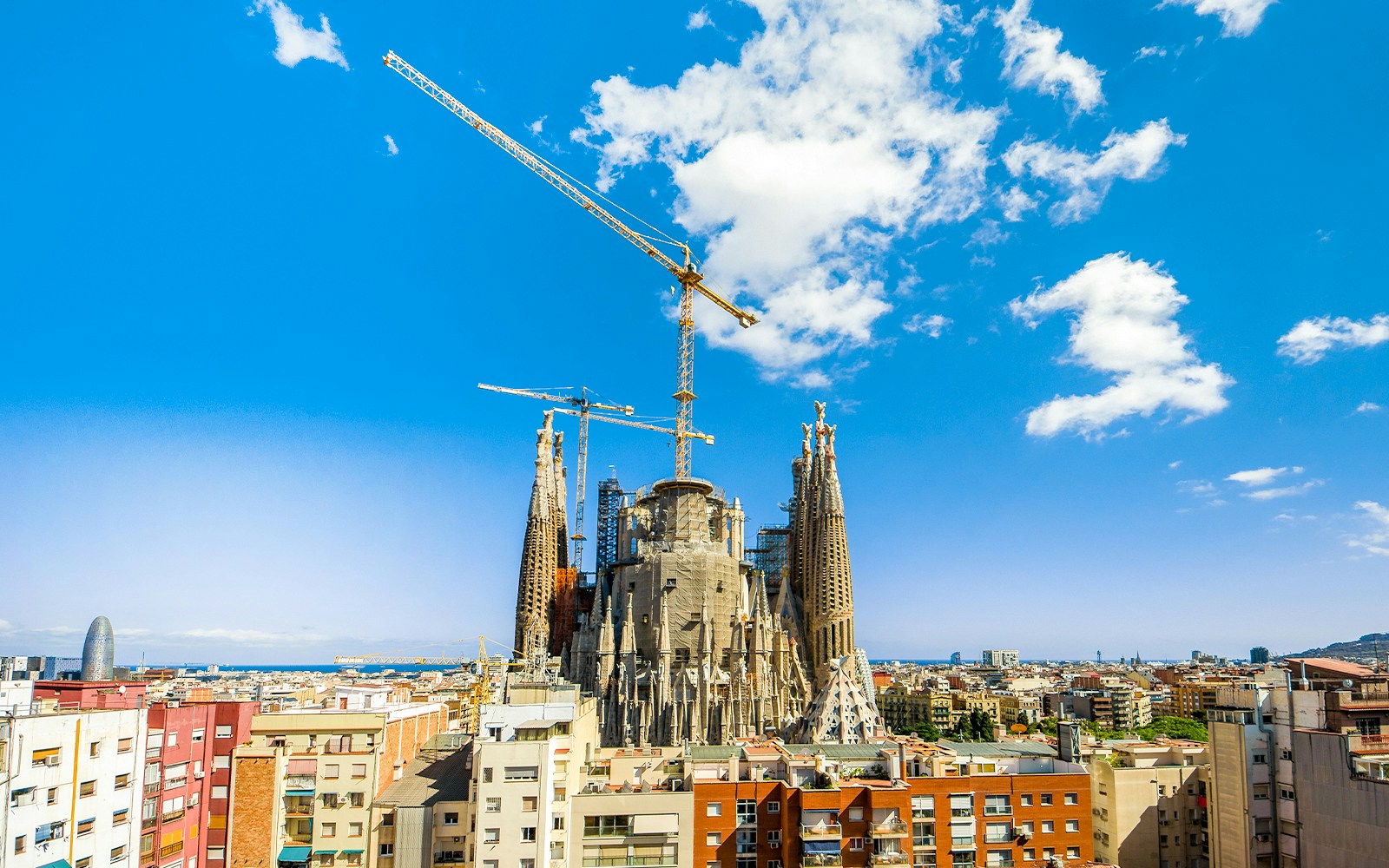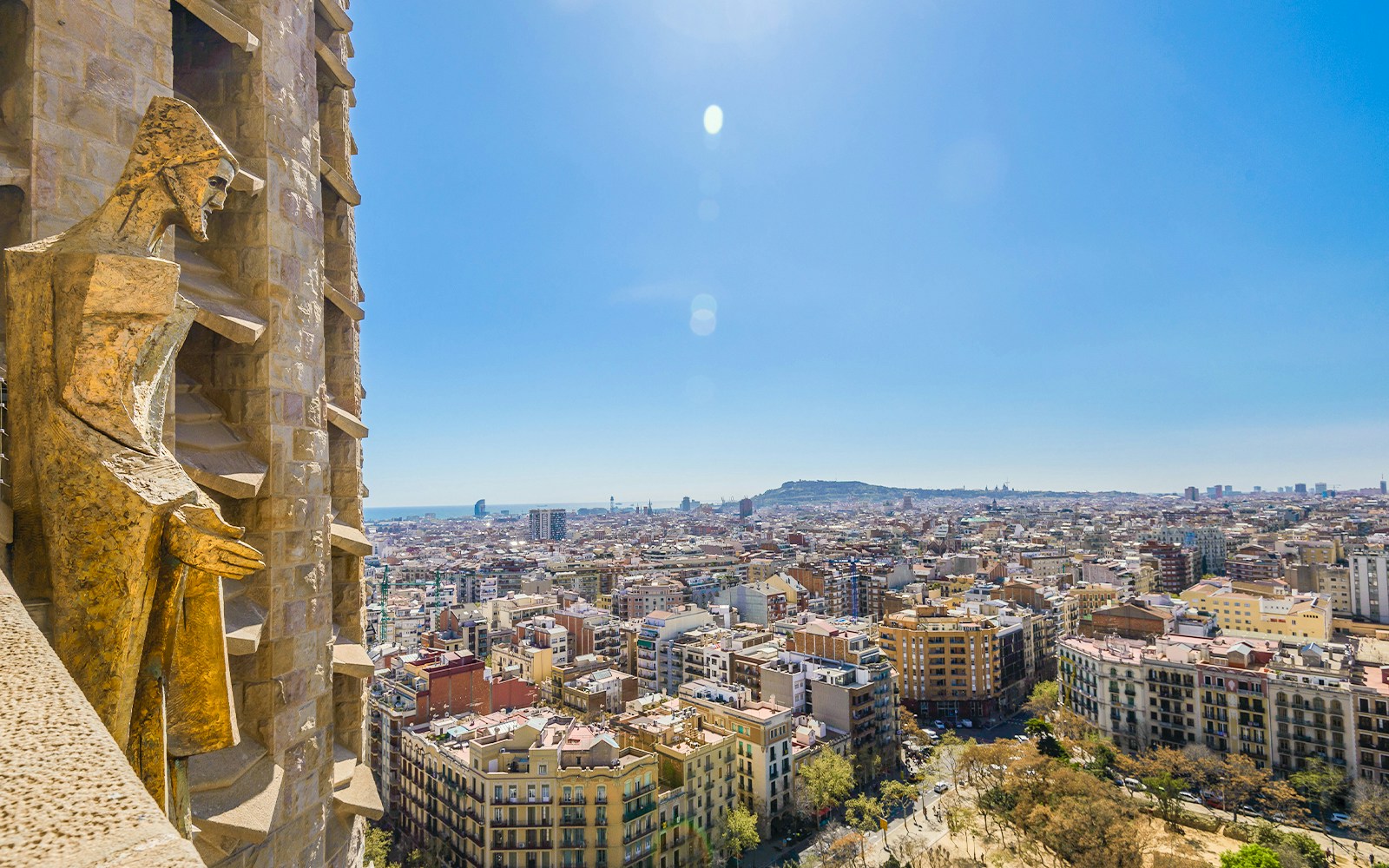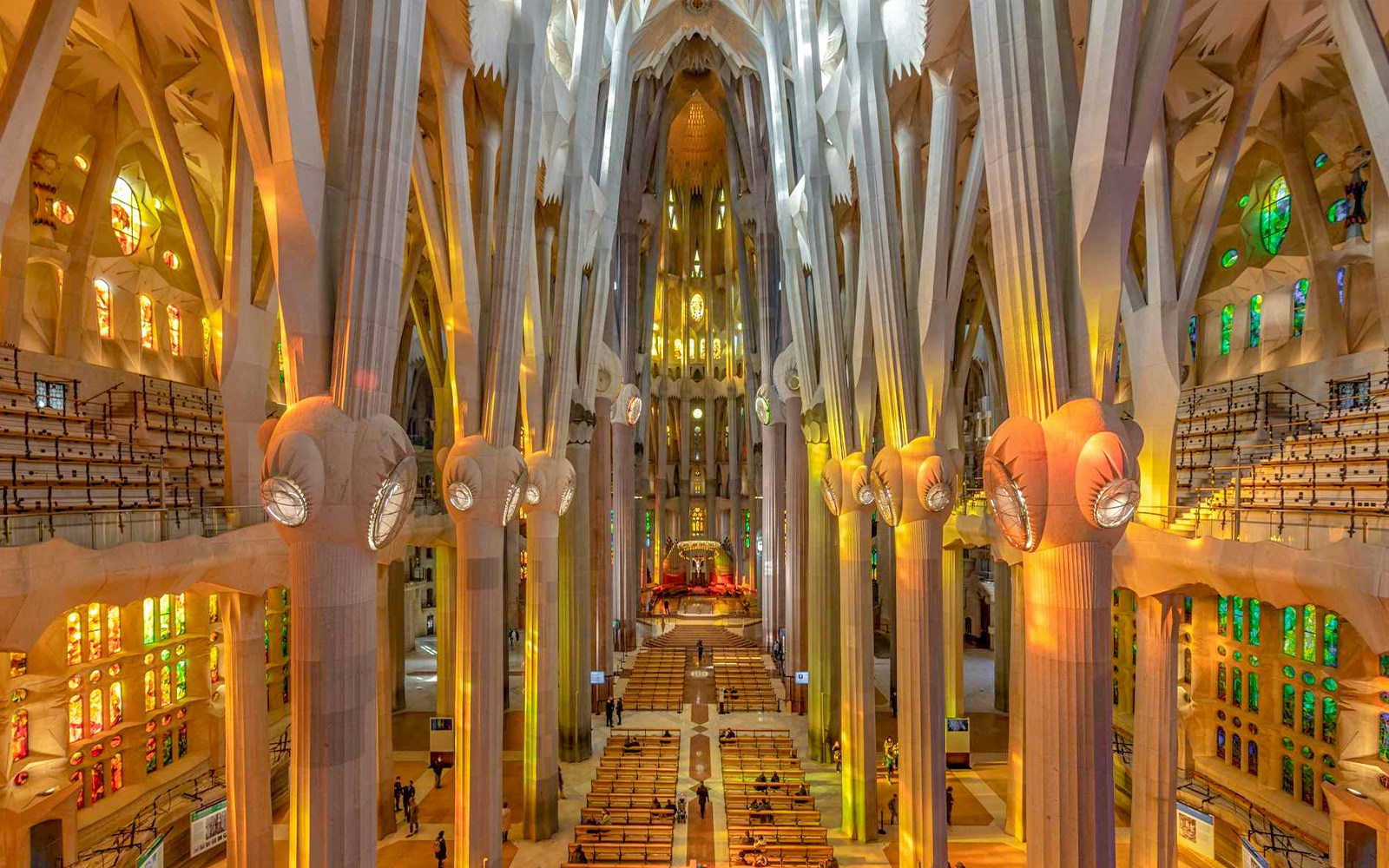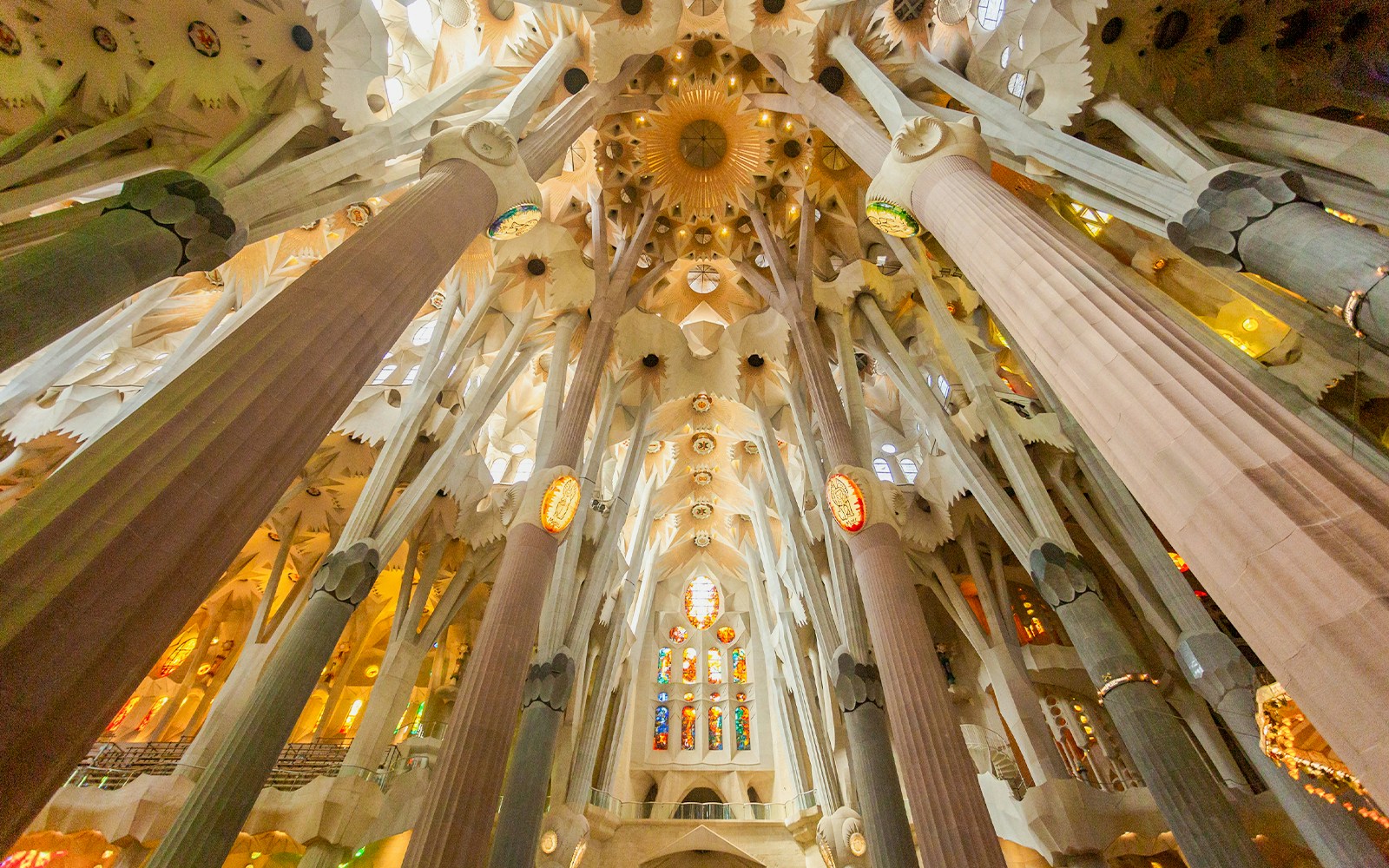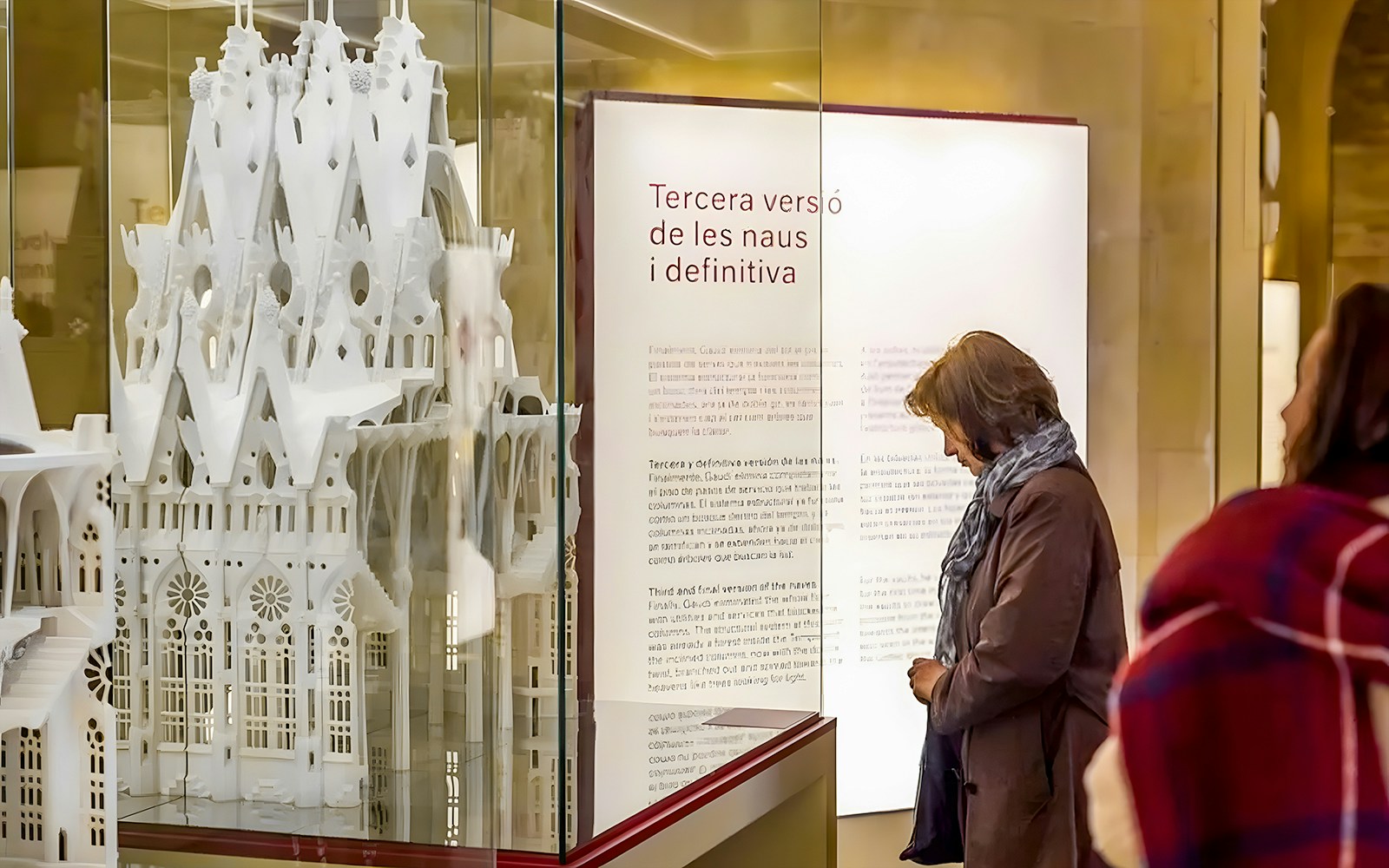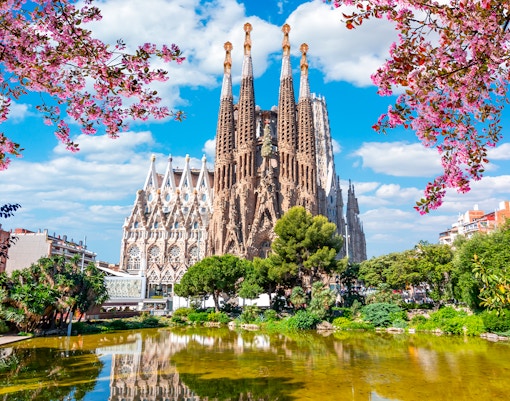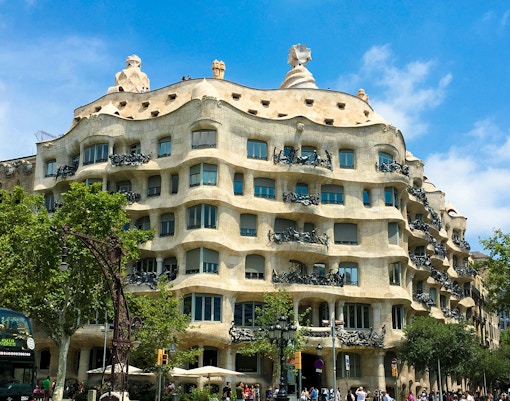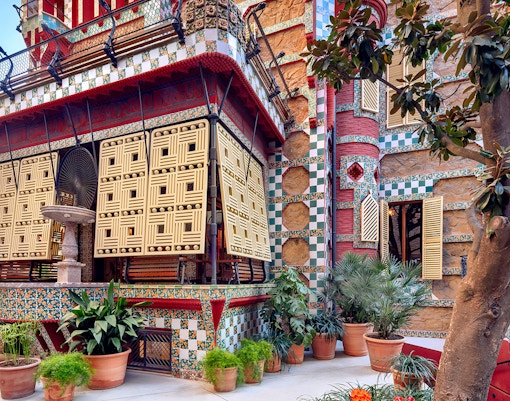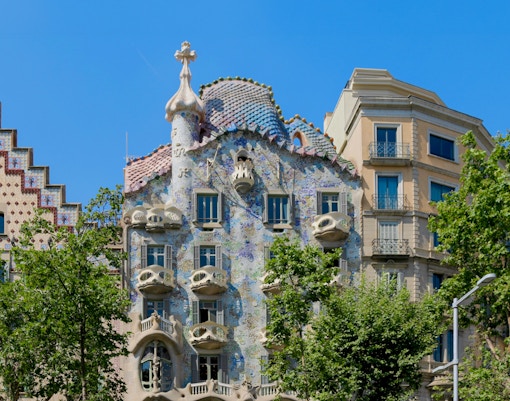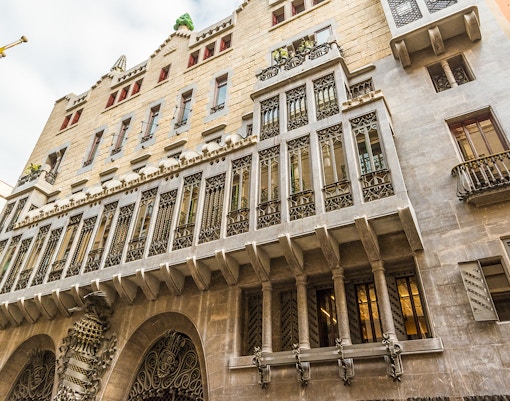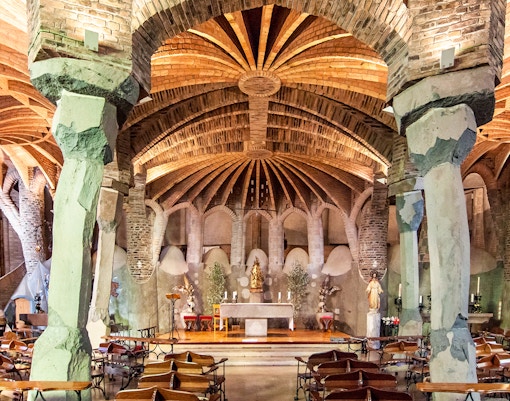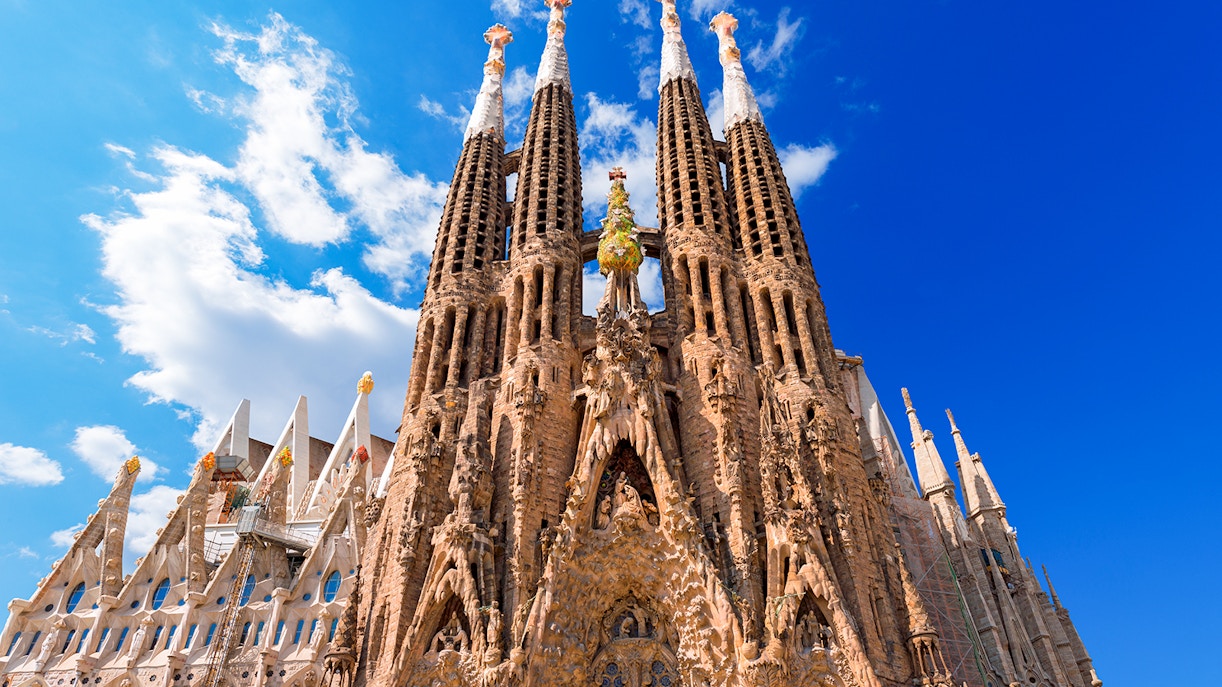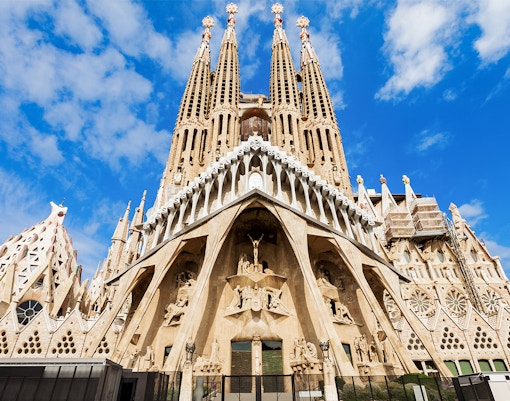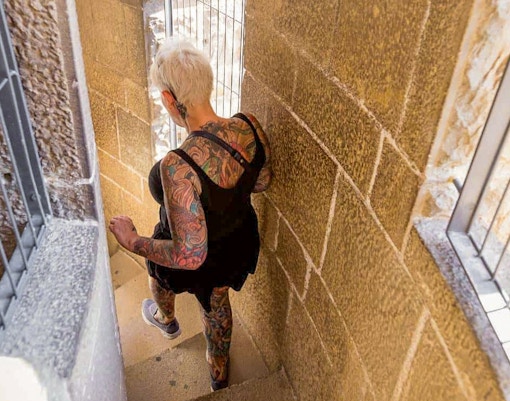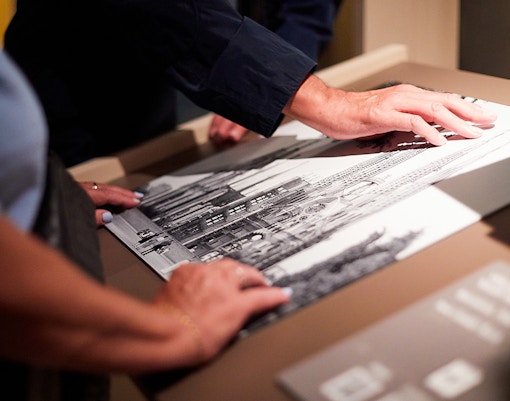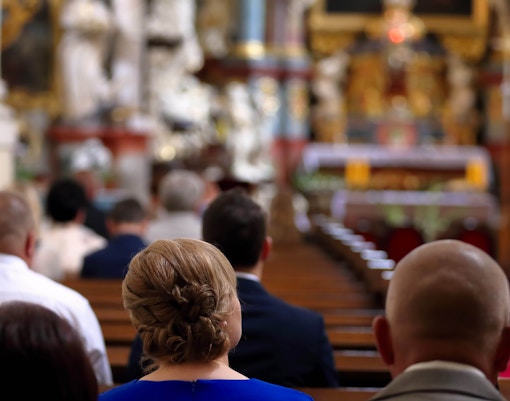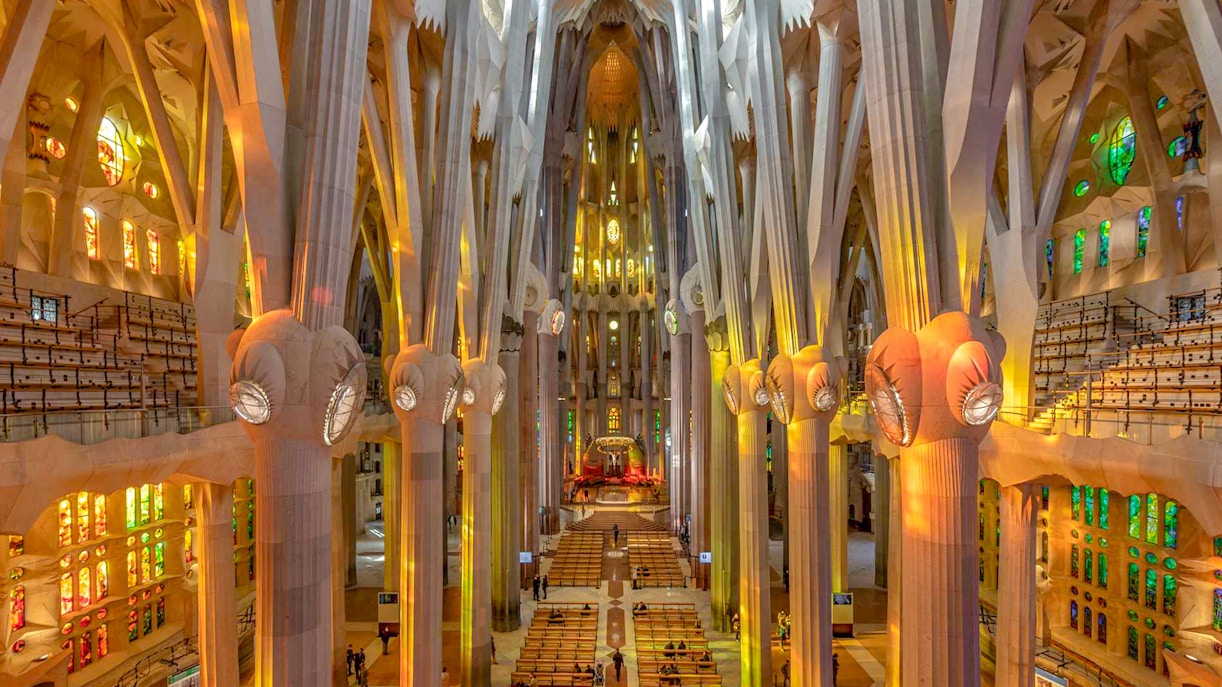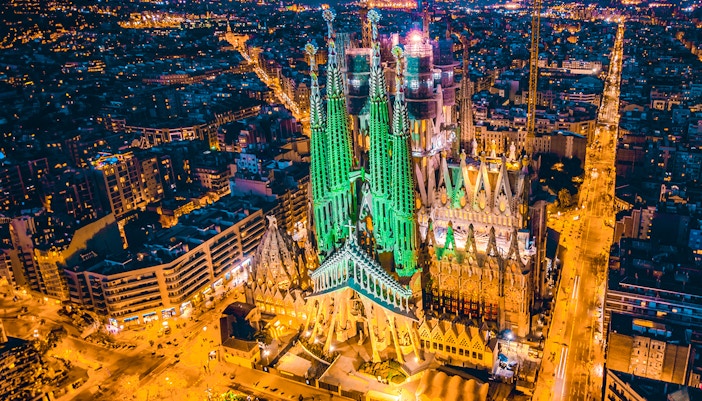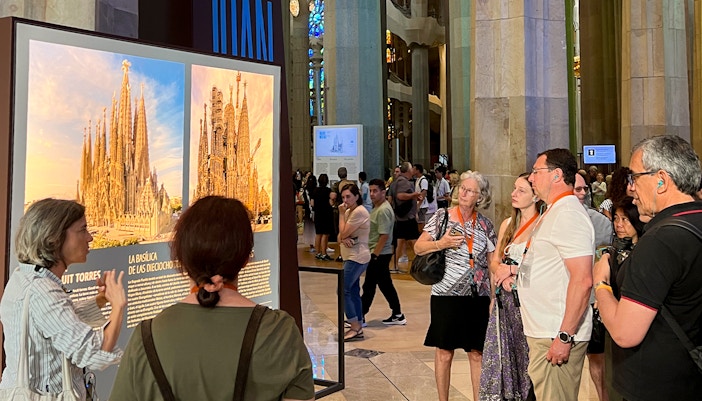The initial architect was Francisco de Paula del Villar but the project was taken over by Gaudi who created a stunning display of Art Nouveau and Catalan Noucentisme architecture. After Gaudi's death, seven other architects have worked on the project — Domènec Sugrañes i Gras, Francesc de Paula Quintana i Vidal, Isidre Puig Boada, Lluís Bonet i Gari, Francesc Cardoner, Jordi Bonet i Armengol and lastly, Jordi Faulí i Oller, who is the current director architect of the project.
Although during Gaudi's lifetime only less than a quarter of the basilica was complete, he is considered the designer of the Sagrada Familia. While many are of the opinion that the work post-Gaudi disregarded his design, it has attempted to true to Gaudi's vision. After parts of the unfinished basilica and Gaudi's models and workshop were destroyed during the Spanish Civil war, these plans were reconstructed and adapted to be made more modern. The plan of Sagrada Familia, as it stands, is a creation of Gaudi's genius.

